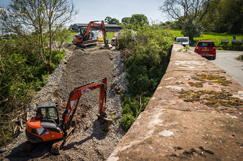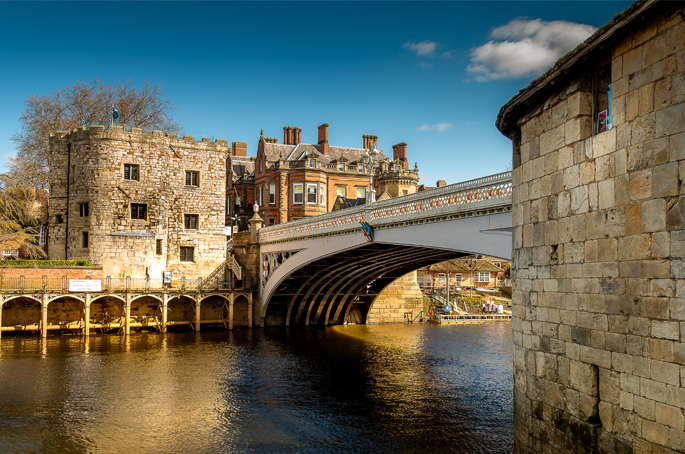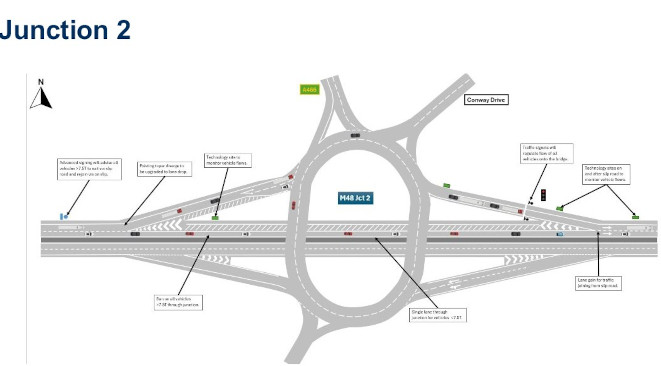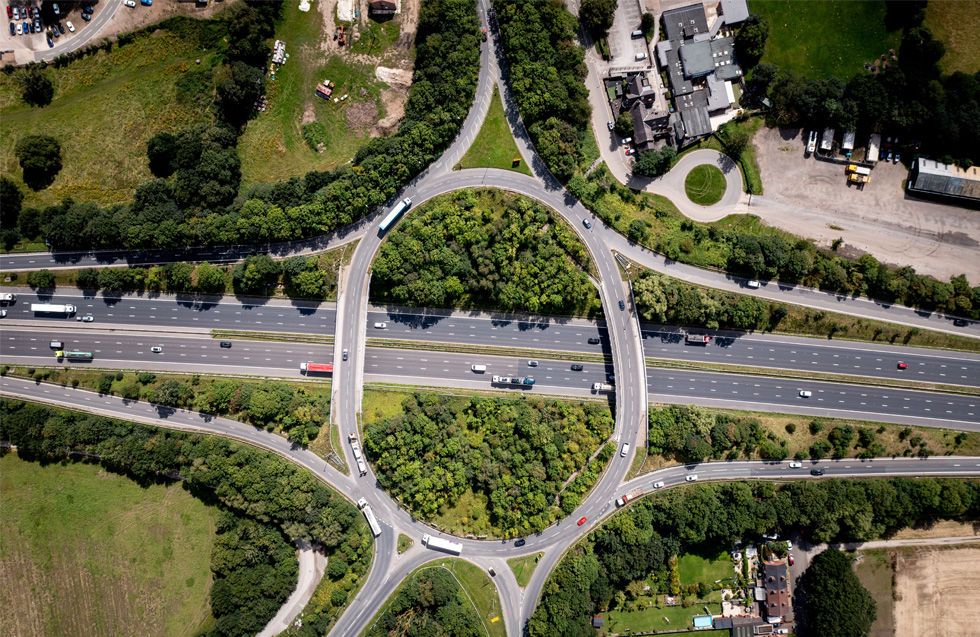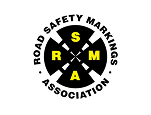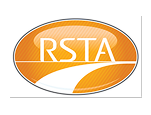The chair of the Transport Select Committee has again written to ministers over Highways England's management of the Historical Railway Estate, seeking details of a controversial project to infill a bridge in Cumbria.
In a letter to transport minister Baroness Vere, committee chair Huw Merriman wrote that MPs had been informed of 16 local authorities who have not given consent to the use of permitted development orders to carry out what Highways England has said are urgent works.
He wrote: ‘We have been informed that Highways England twice refused Eden District Council's request to pause works at the Cumbria bridge, despite not having planning permission. We would like to know why infilling continued in these circumstances and why the bridge presented an urgent risk to public safety.'
Highways England has told Highways that it had not ‘been instructed to stop work by anybody'. As Highways reported last week, the council said Highways England had refused what it described as a request to stop the works on the bridge at Great Musgrave near Warcop.
The company's director for the Historical Railways Estate, Richard Marshall, told Highways: ‘For safety reasons there is an urgent need to strengthen this bridge. The bridge parapets have been struck and scraped many times by vehicles unsuitable to use it. There's currently no suitable weight restriction in place for the bridge, meaning drivers of large or heavy vehicles could use the bridge without knowledge of its weakness.
‘We will always work with local groups to ensure our work does not impact on future planned projects. Infilling this structure means that it can be reopened if plans for a rail line develop further, and by carrying out this work the route can remain safe for the drivers who need to use this bridge.'
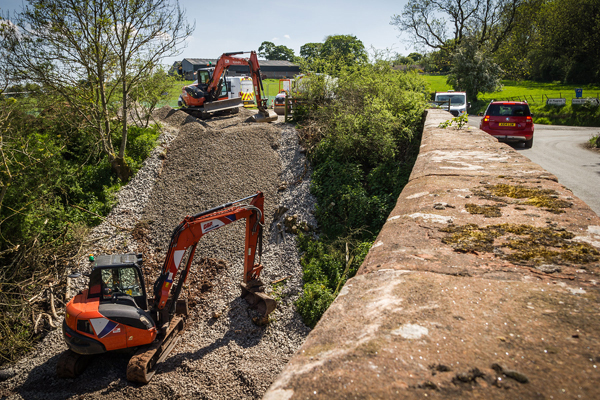
Highways England also disputed campaigners' claims that the road over the bridge is subject to an 18-tonne weight limit and told Highways that it has been assessed as being unsafe due to having no weight restriction. A spokesperson said: ‘By carrying out this work the route can remain safe for the drivers who need to use this bridge.'
However, it remains unclear why Highways England considers that work to strengthen the bridge needs to be carried out urgently and why this needs to be done by infilling.
An inspection report from 1998, obtained by campaigners in the HRE group, recommends placing a 17 tonne weight limit on the bridge and suggests repointing the arch barrel to carry vehicles of up to 40 tonnes.
Campaigners stated that Highways England had refused to make this document available under the Freedom of Information Act.
Although Highways England stated that it had spoken to Cumbria County Council's bridges team, it is not clear whether the imposition of a weight limit was discussed, particularly in the context of its statement that the bridge parapets were often hit by unsuitable vehicles.
Graeme Bickerdike, a member of The HRE Group, said: ‘What's emerging here is clear evidence that Great Musgrave bridge is being infilled for policy reasons, not because of any engineering or public safety issues.
‘The condition of the bridge - as described in Highways England's own inspection reports - remains fair, with no signs of overloading. In February 2020, the inspector's only recommendation relating to load-bearing elements was to repoint the open joints.'

